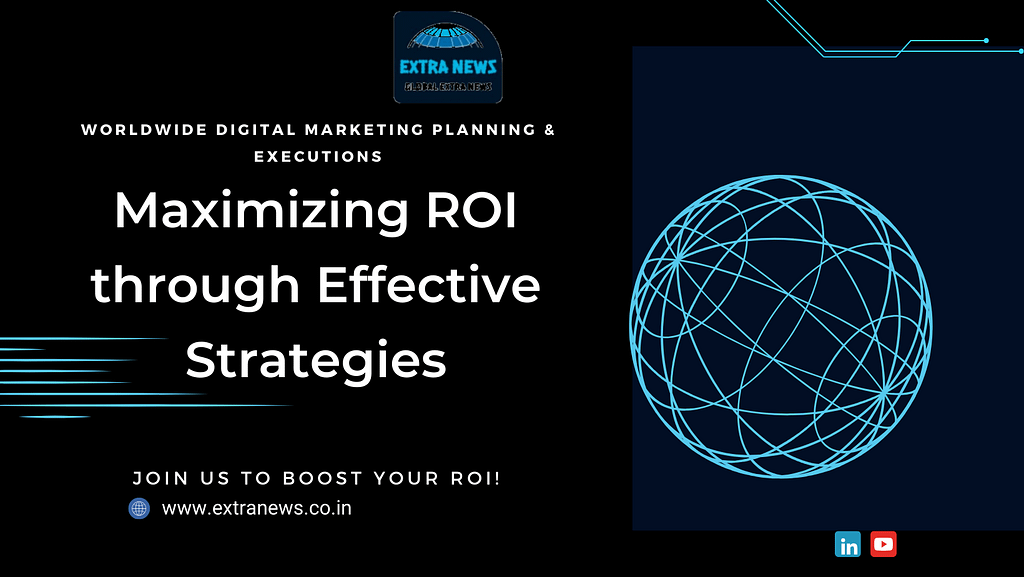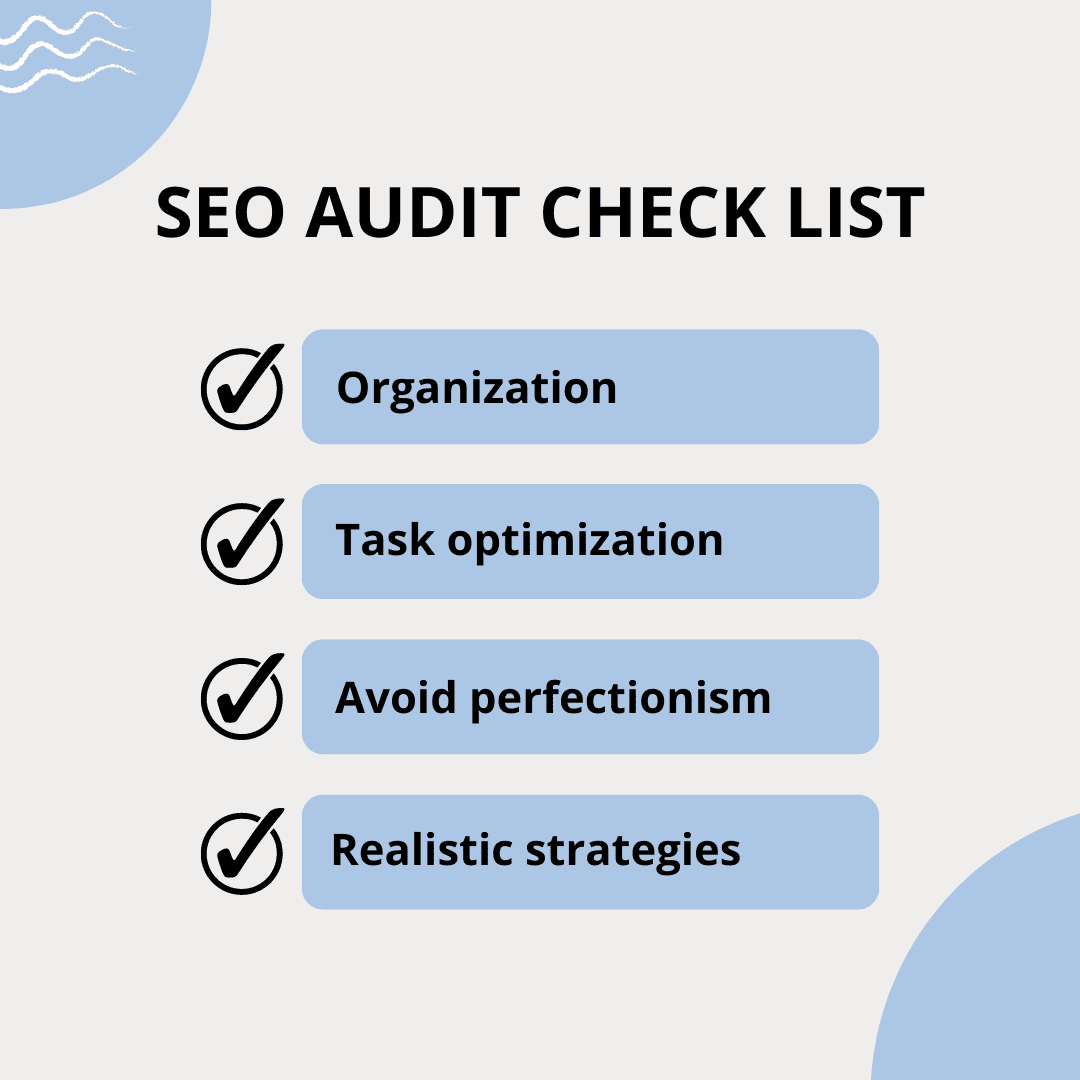Worldwide Digital Marketing (WWDM) Planning and its executions with ROI
Comprehensive Global Digital Marketing Plan: Strategies for Worldwide Reach
Remember to customize the plan according to your organization’s goals, target audience, industry dynamics, and available resources. Regularly monitor and evaluate the performance of digital marketing initiatives to refine strategies and optimize outcomes for global success.

Crafting a professional and technical plan for digital marketing on a global scale requires careful consideration of various factors. Here’s a structured outline to guide you through the process:
Provide a concise overview of the digital marketing plan worldwide, highlighting objectives, target audience, strategies, and expected outcomes.
1. Introduction:
Introduce the purpose and scope of the digital marketing plan, emphasizing the significance of leveraging digital channels for global reach.
2. Situation Analysis:
2.1 Market Analysis:
- Analyze global market trends, size, growth projections, and competitive landscape.
- Identify key opportunities and challenges in the international digital marketing space.
2.2 Audience Analysis:
- Define target audience segments based on demographics, psychographics, and geographic locations.
- Conduct market research to understand audience preferences, behavior, and online habits.
Free SEO Backlinks Website List for more successful projects
3. Goals and Objectives:
Outline specific, measurable, achievable, relevant, and time-bound (SMART) objectives for the digital marketing campaign on a global scale.
4. Digital Marketing Strategies:
4.1 Content Strategy:
- Develop high-quality, engaging content tailored to diverse global audiences.
- Localize content to resonate with regional cultures, languages, and preferences.
- Implement an editorial calendar for consistent content creation and distribution.
4.2 Search Engine Optimization (SEO):
- Conduct keyword research to optimize website and content for global search visibility on the webs.
- Implement international SEO best execution practices, including hreflang tags, geo-targeting, and localized keyword targeting.
- SEO Backlink
- Identify key social media platforms popular among the target audience in various regions.
- Create culturally relevant social media content and campaigns to foster engagement and brand advocacy.
- Utilize paid advertising options for targeted reach and audience segmentation.
4.4 Email Marketing:
- Build segmented email lists based on geography, interests, and purchasing behavior.
- Develop personalized email campaigns to nurture leads, promote products/services, and drive conversions.
- A/B test email subject lines, content, and calls-to-action for optimization.
4.5 Paid Advertising Campaign:
- Launch targeted PPC (Pay-Per-Click) campaigns on global ad networks like Google Ads and Bing Ads.
- Utilize display advertising, remarketing, and native advertising to increase brand visibility and drive traffic.
- Monitor ad performance and adjust bids, targeting parameters, and creatives for optimal ROI.
5. Implementation Plan:
Detail the step-by-step execution plan for implementing each digital marketing strategy, including timelines, responsibilities, and resources required.
6. Measurement and Analytics:
6.1 Key Performance Indicators (KPIs):
- Define relevant KPIs aligned with campaign objectives, such as website traffic, conversions, engagement metrics, and Return on Investment ROI.
- Establish benchmarks and performance targets for ongoing evaluation.
6.2 Analytics Tools:
- Implement web analytics tools like Google Analytics or Adobe Analytics to track and measure campaign performance.
- Use social media analytics platforms to monitor engagement, follower growth, and content reach.
- Utilize marketing automation platforms for advanced tracking, attribution modeling, and reporting.
7. Budget and Resource Allocation:
Allocate budgetary resources for each digital marketing channel and campaign component, considering factors like advertising costs, content production, technology investments, and personnel expenses.
8. Risk Management and Contingency Plans:
Identify potential risks and challenges associated with global digital marketing initiatives, such as cultural misinterpretations, regulatory compliance issues, or technical disruptions. Develop contingency plans and mitigation strategies to address unforeseen circumstances and minimize negative impacts.
9. Conclusion:
Summarize the key points of the digital marketing plan and reiterate the anticipated benefits of executing the proposed strategies on a global scale.
10. References:
Include citations and references for any external sources, data, or research used to inform the digital marketing plan.
🚀 Join and Subscribe Group and take your career to new heights! Don’t miss out on this incredible opportunity.
Join Group: https://www.linkedin.com/groups/9805741/
Subscribe: https://www.linkedin.com/newsletters/7173212633154748418/






